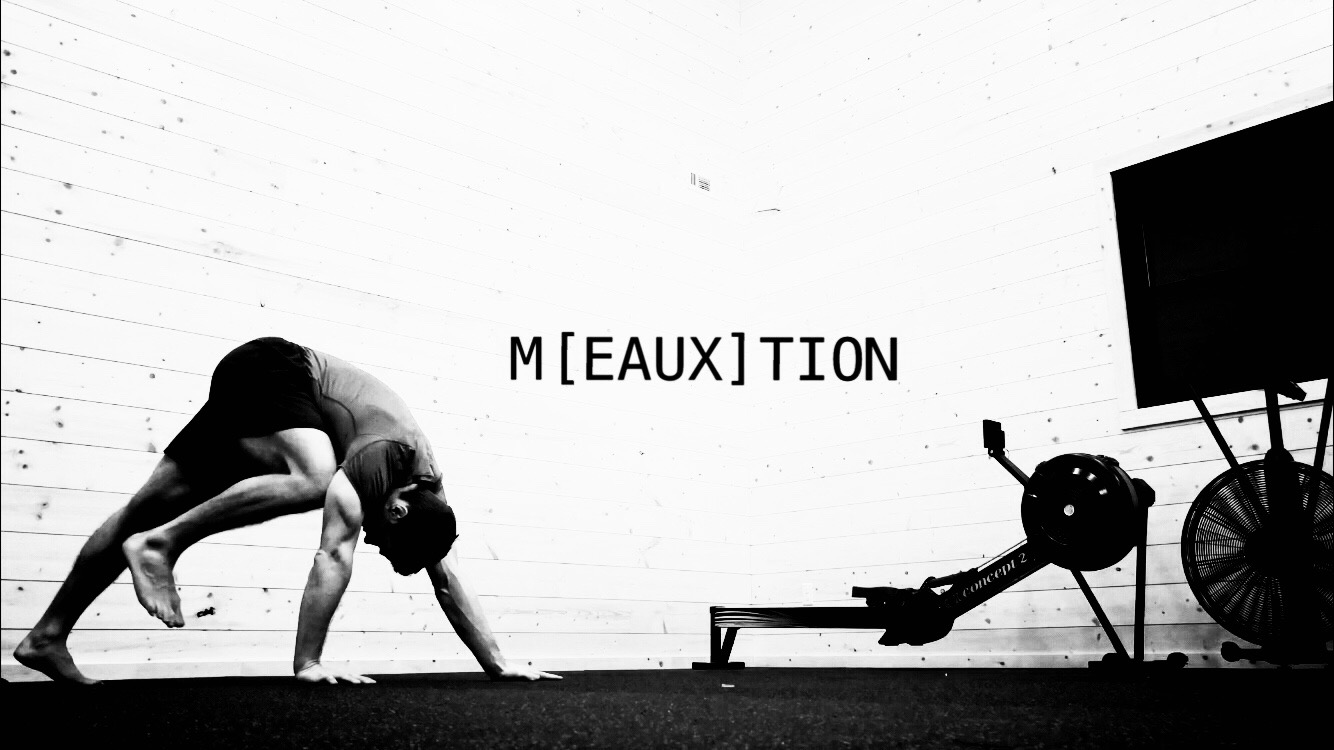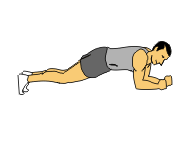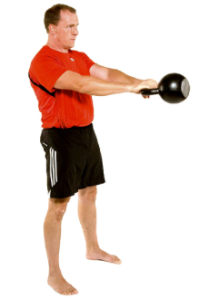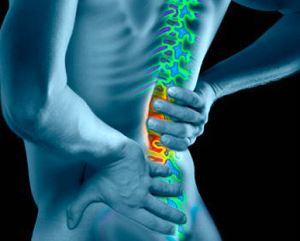I love planking, but probably not for the reason that most people do.
I see tremendous value in a person’s ability to maintain a rigid plank, especially the prone plank. Screw lateral planks for now, they will get their time in the spotlight in another post.
The prone plank is a drill that gets very little respect in this world, probably because it falls into the “core exercise” category, yet planking alone will do very little for uncovering those hidden abdominals.
I have opened my mind in recent years to new ideas. I no longer make harsh judgements when I am introduced to a new style of movement, methods, etc. I take the time to learn about the method or exercise, run it through my checklist of importance/advantages and disadvantages/safety and ultimately where it would fit in an average Joe or Jane’s workout program.
I can’t lie, sometimes I see movements that make very little sense to me, so I discard them to the junk pile immediately. Use what is useful, right?
With other movements, I see high value and high reward to the trainee should they perform them regularly.
Enter: The Prone Plank.
—> What is the Prone Plank?
Well, first off “prone” is an anatomical term that simply means the front side of the body (belly, thighs, chest) facing the ground surface. Planking is a drill that asks a trainee to hold a rigid and typically long body position where the only contact points are the elbow and the balls of the feet. Keeping rigid body posture and a straight line from heels to head (no caving, etc) the position is held for a duration of time. Inhalation and exhalation (aka: breathing) is controlled smoothly against a braced torso.
—> Why should I perform the plank?
The plank serves many different purposes depending on a person’s physical abilities. It’s no different then any other exercise, it deserves proper progression for optimal benefit. For most people however, the plank is a stabilization drill for the torso musculature (“the core”). Firing important tummy muscles in proper sequence is vital for body health. (Yes, tummy). The ability to exhibit adequate stability for a duration of time can give a person many clues as to what they need to be working on. If an individual struggles to hold a plank position for 5-10 seconds, we can use that information to tweak not only the plank exercise, but also the movements in the rest of the program. The plank also serves as a reinforcement drill for other movements. The top of a kettlebell swing where the hips are engaged and extended and the lockout of a deadlift are two positions that closely mirror the principles that we seek to reinforce in the simple prone plank. Body rigidity with proper breathing. Tense yet relaxed.
—> How should I perform the plank?
I briefly touched on this in the “what” section above, however I suppose it deserves some elaboration. Here are some coaching cues for the prone plank:
- Straight line from head to heels.
- I should be able to set a glass of water on your back and not have it spill.
- Brace the core 360 degrees around your body as if you were going to take a punch.
- Squeeze your butt.
- No peaks (butt high) and valleys (low back caving in)
- Breathe
Also, think about it this way: I want you to resemble a rigid standing position (vertically) while you are in your ground position planking (horizontally). I should be able to stand you up and lay you down and you would hold the same rigid body position
—> When should I plank?
There are many schools of thought on where core work should fit into a daily program. Should it go in the beginning of the workout? The middle? The end? On off days? Who knows what is correct here. Honestly, the best advice might be to make sure that you get it done. Execute the plank with attention to detail and respectable technique, and get it done.
For me personally, I tend to enjoy putting any direct core work into a tri-set. It would look something like this:
1a) Squat
2a) Chin Up
3a) Plank
If my workout is work capacity based, and the plank has no place in the meat of the session, I will simply save it for the end of the training day.
Simple as that.
The number of days per week that you are planking may also vary. In general, I would say around 3 days per week would be just fine assuming you are training 3 days per week. The plank won’t drain you like a squat or a kettlebell swing will. You’d be hard pressed to overtrain yourself by simply planking alone.
Duration? This is heavily dependent on your physical abilities. 30-40sec is a good length of time for someone that can successfully hold that rigid body position. Base your time of hold on your technique. When technique breaks, you stop. Reset yourself, assume the plank position and hold until you feel the slightest break in technique. Stopping a set for poor technique will help avoid injury and also create good training habits.
—> Where should I feel it?
I used to roll my eyes to this question, but then I realize that it provided a great opportunity for me leverage the question to my advantage. The plank, for most people, isn’t going to burn out the stomach muscles. Some folks have weak shoulders and some have a weak lower extremity. You very well could feel it both of those places first. Remember this gives you clues that something might not be firing properly if this is the case.
I cannot say that you shouldn’t feel this in your lower back. What I will say, is that if you feel pain in your lower back, body position is not correct or muscles are firing improperly. Either way, you’ve got some regressing to do. It’s not a bad thing people, it happens. Better that you found it now as opposed to when you go to lift that 60lb box in your house and you slip a disc. Right?
If you’re squeezing your butt and bracing your core in a 360 degree fashion, you should feel most of the stress between your butt and your sternum. Shaking during a plank is common and breathing may become labored. Labored breathing is always interesting to me. Challenging positions create a stress response that usually shows up in a person’s breathing.
—> Progressing the plank.
This article is a brief introduction, not a comprehensive novel on planking. There are a tremendous amount of progressions and regression for planking that will have to wait for another article. But know that it gets fun as this drill progresses.
Here’s a glimpse of where planking leads…
What is important for you to remember is that we can simplify the movement for beginners, or add challenging elements for those who demonstrate mastery of the exercise.
It goes both ways.
Cheers to dominating the plank…
KG




